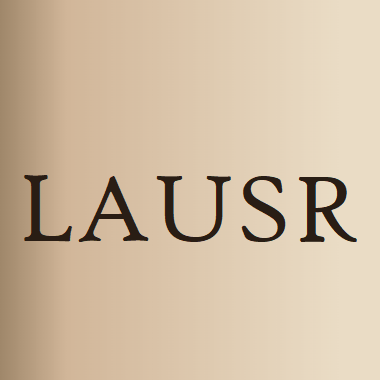
Abstract Background Integrase Strand Transfer Inhibitor (INSTIs) transmitted resistance has remained uncommon, estimated at 0.04%, with E157Q being the mutation most commonly identified. E157Q is thought to cause low-level resistance… Click to show full abstract
Abstract Background Integrase Strand Transfer Inhibitor (INSTIs) transmitted resistance has remained uncommon, estimated at 0.04%, with E157Q being the mutation most commonly identified. E157Q is thought to cause low-level resistance to raltegravir and elvitegravir but has also been the only mutation implicated in a recent case of dolutegravir treatment failure. INSTI resistance testing is not currently recommended and little data is available on clinical outcomes on INSTI therapy in the presence of E157Q, therefore we reviewed all the patients in an urban clinic in Detroit with E157Q seen on genotype to determine its clinical impact. Methods We reviewed the records of all Wayne State University Adult HIV clinic attendees in Detroit, Michigan who had an INSTI genotype performed between February 2014 and February 2016 to identify those with an E157Q mutation. We reviewed demographics, HIV risk factors, treatment and clinical outcomes. Results 292 patients had INSTI resistance testing during our study period. 24 patients (8.2%) had an E157Q mutation. These patients had a median age of 27.5 years. They were predominately male (87.5%), black (87.5%), and MSM (70.8%). Four patients had an additional mutation (N155H, T97S, L74V, and V151I). Eleven patients were treatment-naïve, consistent with transmitted E157Q drug resistance. One treatment-naïve patient had both the E157Q mutation and the T97S mutations. Of the 24 patients with E157Q, 15 were placed on an INSTI-based regimen and 6 (40%) achieved viral suppression at 12 months. 7 patients were lost to follow up at and 2 had stopped treatment at 12 months. Amongst patients adherent to INSTI based ART, there were no cases of treatment failure. Conclusion While our sample size was relatively small, our data suggests that E157Q is not an infrequent mutation and patients with E157Q who were started on INSTI based regimens and were adherent achieved viral suppression. This is reassuring for rapid ART start at time of HIV diagnosis with INSTI based ART without genotype data. Loss to follow up and poor adherence were seen frequently, limiting our ability to determine clinical outcomes on ART. In short, patients with E157Q mutation have good clinical outcomes on INSTI based ART. Disclosures All authors: No reported disclosures.
Journal Title: Open Forum Infectious Diseases
Year Published: 2017
Link to full text (if available)
Share on Social Media: Sign Up to like & get
recommendations!